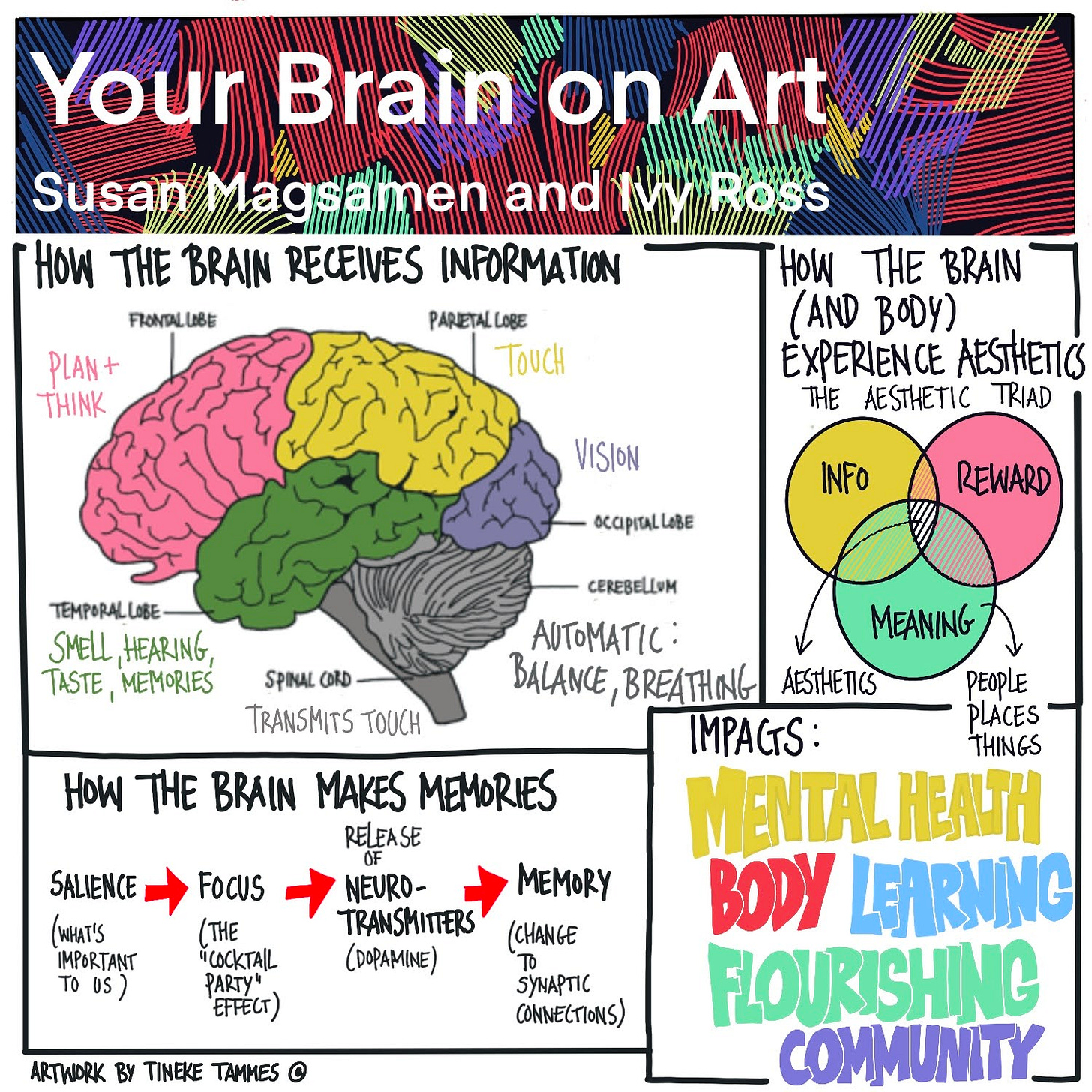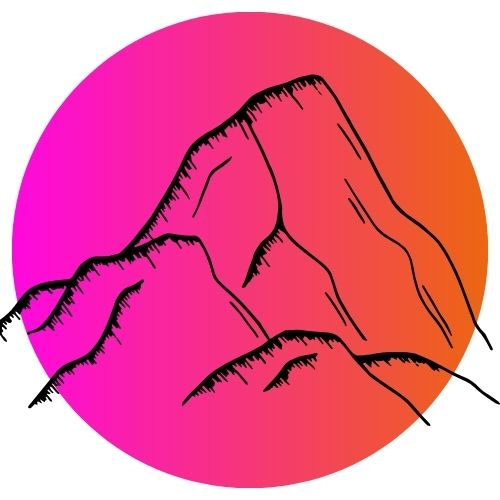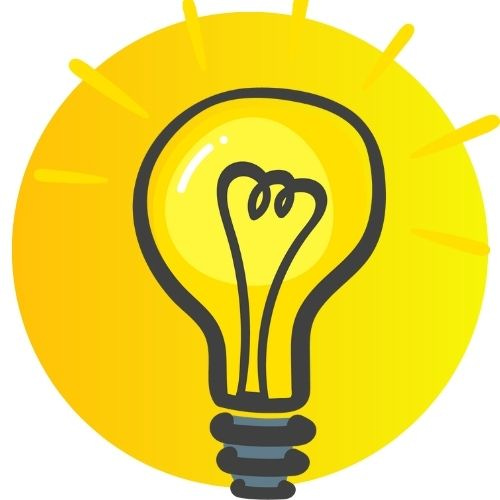Time to think
It's where the magic happens!
Hi, I’m Tineke, coach for women feeling stuck in their careers. I publish my newsletter here every Friday, focusing on ONE topic to do with your career, career change, happiness, women and work, creativity and books (I love books!).
I’d LOVE it if you decided to sign up for my Career Freedom newsletter so that you can get it delivered straight into your mailbox every Friday!
I’m supposed to be writing this newsletter. Instead, I’m staring out of the window. The sun is shining. The shadows of the roof are making shapes in the garden. I’m thinking of - nothing in particular. The colours of the leaves, the ramshackle old shed in the neighbours’ garden, the bush that needs cutting, the window that can do with a clean, the ….
<Plop>
And that’s where this revery threatens to descend into a To Do list and I’ll get to the business of actually writing this.
Time to think
I am - of course - not starting this newsletter with a random daydream for no reason. (You didn’t think I did, did you?)
You see, last week TWO people sent me the same LinkedIn post. It was about how creative people ALL had adopted a similar way of accessing their creativity. Einstein, Mozart, Leonardo da Vinci.
Daydreaming. Doing nothing. Resting your body, USING your brain. Doing something that did NOT involve their thinking, logical brain (in neuroscience language the Pre Frontal Cortex, which - confusingly - by some people is abbreviated to PFC 🙄).
It is absolutely fascinating to me, the brain, and how we think and function.
So for today, I’m going to indulge, and talk about exactly that. About how we think. About creativity. About creative thinking. And why it matters.
Your brain
Don’t worry, I’m NOT going to give you an extensive lesson in neuroscience.
OK, maybe a little bit.
You see, your brain has multiple parts, which have evolved in our species over time. Your Pre Frontal Cortex sits in your forehead and is - evolutionary - the youngest part of your brain. It’s your thinking brain and is GREAT at strategising, planning, and logical thinking.
Your amygdala (that triggers the ‘fight or flight’ response) sits in another part of your brain. Your emotions are also made elsewhere in your brain. There is no connection between your amygdala and your PFC (look at me using the lingo!). This is why your emotions and your conscious mind seem to be working completely separately. Watch this video to find out more.
Scientists only now are starting to figure out where creativity comes from and how it works. It’s an ever-evolving science and it’s FASCINATING.
Which means that we’re currently in a position where we KNOW that creativity is housed in the non-logical part of your brain, as are your emotions. But the process of getting to that creativity is still murky, and experiential.
(Isn’t that FASCINATING? I think it is!)
The conditions in which to think
If you’ve EVER sat down to ‘do some thinking’, you’ll know exactly how that works. Something like this:
You sit down. Blank pad in front of you. Your favourite pen ready. But wait! Thinking always is better with a cup of tea. You make a cup of tea. You sit down. Cold feet. You get slippers. You're ready now. Except you can't find your pen. You retrace your steps. And find it in the kitchen. You get back to your comfortable place on the sofa. Yes, with something to eat. Because, you know, kitchen and fridge and a bit of uneaten chocolate in the back of the fridge you *just* happened to remember. Anyway. Pen to paper. And then ... nothing. You stare in front of you, getting frustrated now. Time to think about BIG things, like your calling, your purpose, your direction. And what do you get? Hang on, there's LOTS of dust on the TV. And whilst you're sitting there you may as well fold the washing. And ... before you know it everyone is back and your precious *thinking* time is gone.
Or, if you’re trying to do this thinking stuff at work, there is literally NO TIME to do any of it at all!
This is where the wonderful book by Nancy Kline ‘Time to Think’ comes in, in which she sets out what conditions need to be in place for you to be able to do that thinking.
Quoting directly from her:
The quality of everything we do depends on the quality of the thinking we do first
The quality of our thinking depends on the way we treat each other while we are thinking
She mentions ten conditions that need to be in place for you to DO that thinking: Attention, Equality, Ease, Appreciation, Encouragement, Feelings, Information, Incisive Questions and Place.
What I’m reading in this is this. What’s necessary to be able to do real thinking is: A safe and encouraging environment in which you feel psychologically safe to think and express how you’re feeling and thinking. The attention, the information and challenge to move that thinking forward. A perfect dance between logical and creative thinking. A perfect dance between the members of the team that are trying to harness that collective thinking.
Thinking IS doing
You see, I’ve been victim to this. For more years than I care to remember. The addiction to ‘doing’.
This was brought home to me when - in my coaching school - my tutor told me that ‘thinking was also doing’.
And it’s true. Thinking IS also doing. Except it is our tendency to measure productivity in the ‘doing’, in the output. Which can only be of any value, of quality, if some proper thinking has gone into it (as we’ve just learned). Yes, with your logical brain, but most DEFINITELY also with your creative, intuitive brain.
The intuitive mind is a sacred gift and the rational mind is a faithful servant
Albert Einstein
If you, like me, find yourself caught in the trap of productivity, I’d like to invite you to think of it in this way too.
That thinking IS doing. That thinking is a form of action-taking. That without thinking the quality of your output would not be nearly as good as it could be. That you have to do MORE doing and thinking to re-do the thing you did before. MORE work. RE-work. Counterproductive.
Your brain needs INPUT
And then this: your brain needs input. It GETS input, from your senses. I’m sharing with you a sketchnote I made about the amazing book Your Brain on Art, that explains it.
Your brain NEEDS input to then turn this input into memories, to turn information into meaning.
In other words, what your senses experience, is the information that you give to your brain - both your intuitive, creative brain as well as your thinking brain.
It’s why Julia Cameron, in her BRILLIANT, life-changing book The Artist’s Way uses ONE key tool: The Artist Date, where you take yourself on a date to experience beauty and excellence, effectively FEEDING your brain beauty and new experiences*.
It’s why - every month - I’m holding Ideas Club**, in which we bring women together to learn new creative thinking techniques and bring fresh IDEAS and new perspectives to a problem.
Why I’m talking about this - again
You see, over the years I’ve come to appreciate the power of doing nothing. The power of allowing time to let your mind wander. The power of staring out into the garden and seeing the shadows change.
And I believe that allowing yourself to do that is VITAL:
It HELPS (not hinders) your productivity, as you’re less likely to have to re-do work.
It HELPS you to access your creative brain, which you NEED to solve complex problems (like your career next steps).
It HELPS you by making time to get different input, which is VITAL for creativity
It HELPS you create better relationships - by creating space for yourself AND others.
AND it reduces stress and contributes to your wellbeing.
I’m not saying it’s easy. Sometimes the environment we’re finding ourselves in doesn’t allow us to stare out of the window. It doesn’t LOOK very productive. And yes, sometimes productivity and action IS the correct next step.
Nevertheless, I think it’s vital that we incorporate THINKING in our daily lives. Getting new input. Taking time out to daydream. Enabling your creative brain to do some of the talking. As the only way we currently know how to do that.
You’d find yourself in the great company of Mozart, Da Vinci and Einstein if you did!
So, let’s hear it, what are YOUR tips to access your creative brain? ***
Tineke X
*We’re starting our annual The Artist’s Way Group THIS SUNDAY, 23 March, at 8 pm UK time and will talk about this then! Read more about how to join below.
** Our next Ideas Club is next Wednesday 26 March at 5 pm UK time. You can find the sign up link below.
*** Want to find MORE ways to access your creative brain? You can do that here: When intuition and creativity need to take over
The Artist’s Way Group STARTS this Sunday!
We’re waiting for you!
The Artist’s Way is ONE of the books that has shaped my life, and I’m honouring that - once a year - by supporting you in benefiting from this life-changing book too!
The doors to The Artist’s Way Group are now OPEN and the first women have joined already!
I can’t WAIT to get started and invite you to join us too.
We’ll start THIS Sunday 23 March at 8 pm UK time with an Introduction session in which we get to know each other, we learn about the principles and start getting ready to use two of the main tools we’ll be using throughout our time together.
The GROUP will take place INSIDE my new community Change Artists - for change makers, creative and multi-passionate women.
Learn ALL about The Artist’s Way Group and book your place here:
Ideas Club
On Wednesday 26 March y at 5 pm UK time we’re back with Ideas Club!
So, what IS Ideas Club? In Ideas Club we generate ideas! But wait, that’s not all. We’ll also learn ONE creative thinking technique. Together.
It’ll be interesting. It’ll be creative. It’ll be FUN!
And you’re invited! THIS is how YOU can get involved:
Sign up now by hitting the button below for your one-off workshop on the 26th, or
Subscribe to the PAID version of this newsletter and you’re guaranteed a place EVERY month in Ideas Club AND will get FREE access to my new community Change Artists
Coming?
🔴🟡🟠
Tineke Tammes is a Career & Creativity Coach and supports professional women in making successful transitions. Besides that she is also a lifelong feminist, part-time portrait artist, never-only-read-one-book-at-any-time reader, and obsessive doodler.
Sign up to the newsletter and get it delivered to your inbox every Friday.
Subscribed
Signed up but now considering the paid subscription? Go here to find out how. And thank you!
Already signed up? Why not share the newsletter with your friends?







Doing nothing - to the point of feeling bored, is a great way to spark creativity. Although it can be uncomfortable. Or doing something repetitive like walking, running or cleaning.